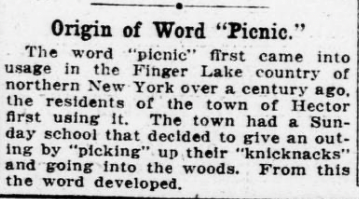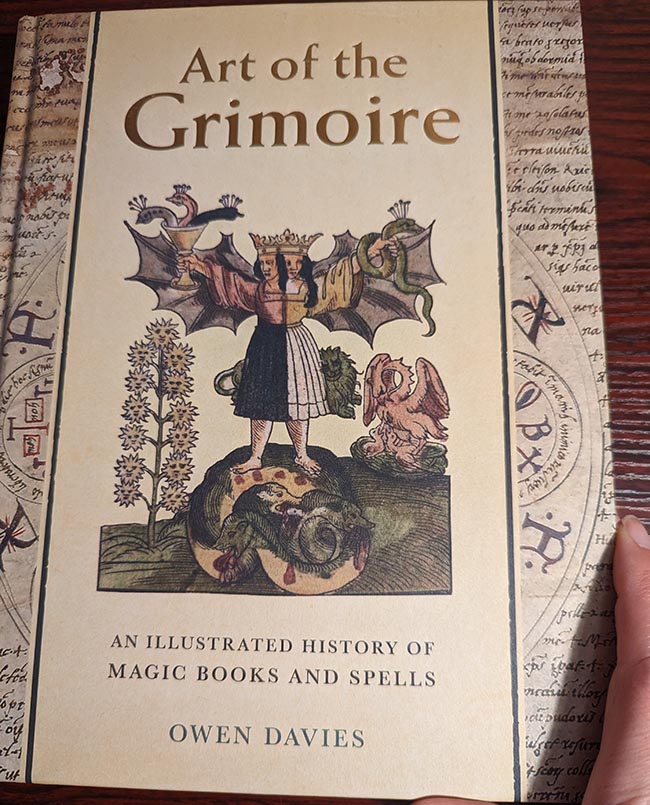
During World War I, newspapers reported that Italian battle heroes were horrified by the thought of taking a dose of castor oil. Anyone who has ever tasted natural castor oil certainly could not blame them for their lack of enthusiasm when a doctor ordered a nurse to give the fellows each a shot of the stuff. The only way the nurse was able to get the men to take their dose was for her to pour herself a cup and tell the men it was an Austrian drink. The men held up their cups, exclaimed “Avanti Saoia!” and swallowed the foul stuff down.
By 1920, newspapers around the world announced that Kellogg’s had finally made a tasteless castor oil. With everyone having experienced the foul taste of the stuff at least once in their life, there was reason to celebrate the news. By that time, castor oil was being used for more than just preventing constipation. People found uses for it inside the home, in the military, and in the farming community. [SOURCES 1, 2]

Castor Oil Cocktail
Because everyone hated the taste of castor oil, they tried to find ways to mask the flavor. Some articles in the early 1900s recommended mixing castor oil with orange juice to keep yourself regular. However, in 1905, castor oil cocktails became a trend.
These cocktails were made at the drug store, the same place early sodas were made. They consisted of castor oil, sarsaparilla, and a few drops of an opiate called paregoric. Needless to say, people became quite willing to start taking their castor oil more often than probably needed. [SOURCE 3]
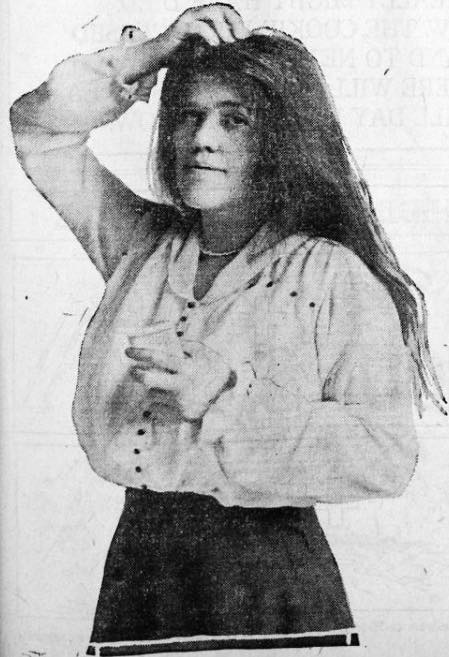
For Dry Hair
Dry, thin hair plagued our ancestors just as much as it does us today. Women and, not surprisingly, men are always looking for some product that will fix their hair troubles. Back in 1916, the best products seem to have come from the kitchen and the medicine cabinet.
Before going through the process of shampooing hair once or twice a week, the reader was told to give her hair and scalp a hot castor oil treatment. This treatment involved mixing together one-third teaspoon of ichthyol and three tablespoons of castor oil. The mixture was warmed and massaged into the scalp. With a towel wrapped around the head, the castor oil would not be washed out until the next morning. [SOURCE 4]
Homemade Flypaper
“Keep flies from the house and you will keep the doctor from the door,” has always been a wise and popular belief within the household. Families would actively try and find ways to not only prevent houseflies from getting into their homes, but they would also make their own flytraps for when flies did get indoors.
A homemade sticky flypaper recipe was printed in 1912 that used castor oil. To make the flypaper, you had to first boil two pounds of resin (the article does not state the kind of resin used) with one pint of castor oil. Mix until dissolved. Remove from heat and spread the sticky stuff on thick paper and hang or place the flypaper wherever flies congregate. [SOURCE 5]
Rid Flies And Mosquitoes
Besides the oil being used to make flypaper, it became popular in 1883 to grow the castor oil or castor bean plant inside the home. First of all, the castor plant is an ornamental plant that can grow very quickly under the right conditions. It looks beautiful inside the home, but it is also believed to repel flies and mosquitoes.
However, the plant is also highly toxic and it should not be grown in a home where there are pets and animals. Ingesting the beans can be fatal. [SOURCES 6, 7]
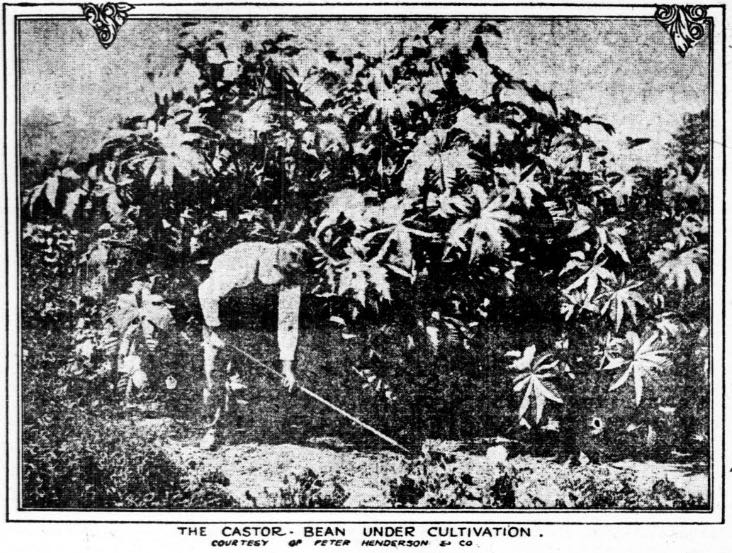
Leather Softener For Shoes
The housewives of the early 1900s had to make do with whatever they had on hand and that led them to get really creative. Take, for instance, the use of castor oil for softening leather. In today’s world, people are content with the idea that the more you wear or use leather, the softer it will get. Back in 1913, the housewife did what she could to make things a little more comfortable for herself and her family.
When leather shoes or boots would get stiff from not being worn, the trick to softening them was to wash them with warm water and then rub some castor oil into the leather. After the castor oil was worked in, the shoes or boots would be cleaned and shined to perfection. [SOURCE 8]
Fleas On Chicks
Fleas on baby chickens can be deadly, and farmers were always looking for ways to save the lives of their livestock. In an article printed in 1921, it was recommended that farmers make an ointment out of one part kerosene and three parts lard to rub onto the little chicks. The second method recommended for killing fleas sounds a little more safe. It told farmers to use a few drops of castor oil on each infested chick and rub the oil onto the fleas, claiming that one application would killed the pests.
Incidentally, castor oil is still being used on pets as a natural flea killer. Apparently this use of castor oil was not so far fetched after all. [SOURCE 9]
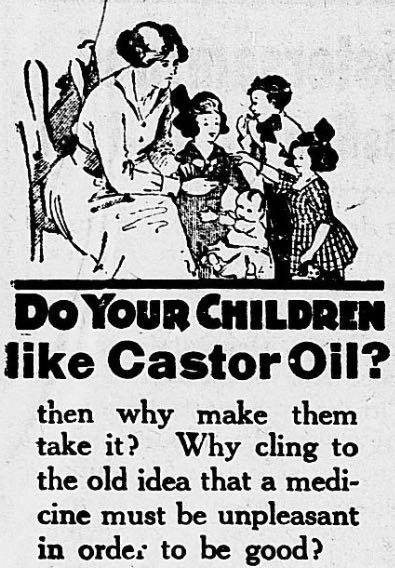
Bed Sore Prevention
To prevent bed sores, a bedridden patient needs to be repositioned often enough throughout the day to stop constant pressure from breaking down the skin. Pillows and cushions are often used to help relieve the pressure on the back, bottom, legs, and hips. However, this is sometimes not enough to prevent bedsores from forming.
In 1912, it was suggested in one report that sweaty, bedridden patients should have their skin treated to help prevent bedsores. Alcohol was first used on the skin to dry it out. Then castor oil was applied to the treated areas so that it “coats the skin and makes it impervious to moisture and thus lessons the danger of bedsores.”
Castor oil is still used in ointments to help prevent and treat bedsores. [SOURCE 10]
Drooping Ferns
A 1914 newspaper tip told readers that they could fix their drooping fern plants. All they needed to do was remove the fern from the pot and put a few drops of castor oil on the roots. Fill a bucket with room temperature water and place the fern into it to soak overnight. The claim was that it fixed fern plants right on up.
Not surprisingly, people still use castor oil to help sickly looking fern plants because it actually works. [SOURCE 11]
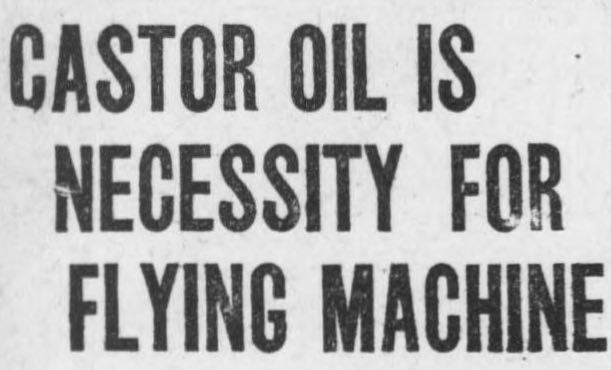
WWI Airplanes
In 1918, the cry went out for farmers to begin planting castor bean plants. The U.S. military needed millions of gallons of castor oil during World War I because it was “the one lubricant capable of meeting in every particular the demands of aeronautical engines.” In other words, the castor oil was being used to lubricate the motors in airplanes and it was the best lubricant available at that time.
It was estimated that the military would need at least five million gallons of the oil, but they needed the farmers to grow the plants, first. The government hired contractors to have 200,000 acres of castor bean plants grown in the southern U.S.
The castor bean was soon labeled as the patriotic crop and “the farmers who come to the aid of the nation in furnishing castor beans will be well paid for their patriotism.” [SOURCES 12, 13]
To Stop Drunkenness In Italy
Shortly after Mussolini came into power, the Fascisti, his followers, were charged with cleaning up the streets. Their first order of business was to end public drunkenness and bring the country into a new era of prohibition. The Fascisti walked through the streets and seized anyone who appeared drunk. The victim was then forced to drink a stiff dose of castor oil. He was warned that if he was caught drunk again, he would be beaten with a stick.
For two solid days, the Fascisti paraded through the streets, punishing drunks. They even had bottles of castor oil displayed in cafes, restaurants, and wine shops as a reminder to the people not to get drunk.
A report from out of Rome in 1922 claimed that on the third day of this cleansing, there were no more cases of public drunkenness. [SOURCE 14]

